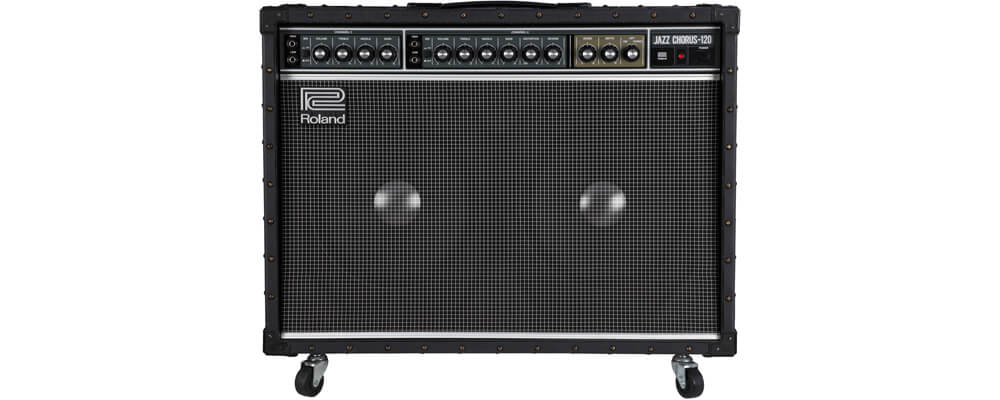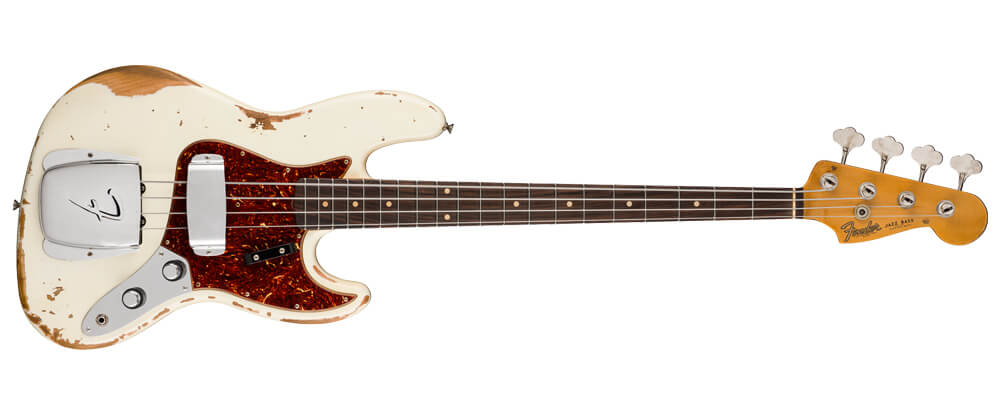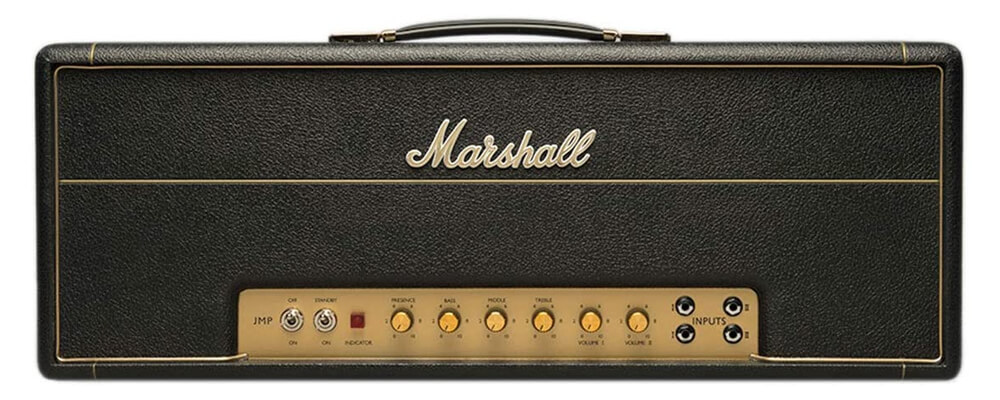Guitar myths are a dime a dozen. Trawl through the internet, social media, or even when you’re at a bar with your guitarist friends, you’ll hear so many for yourself! For every true fact out there, there are so many falsehoods about gear just waiting to bamboozle beginners and exasperate experienced heads. Some are ridiculous, some are malicious, and others are born out of obsolete information.
That’s why we’ve raked through the hearsay, done our research, and are ready to debunk a few things for your ease of mind. Strap in as we go through them one by one!
Myth #1: Affordable guitars are bad
We’ve all heard the sayings, “you get what you pay for” or “it’s too good to be true”. So when something purports to offer more bang for our buck, we start to wonder… what’s the catch? The same thoughts probably go through your mind when looking at an affordable guitar? But should they? Short answer – no. Longer answer? Still no, but keep reading.

Yes, affordable guitars are usually made of more affordable materials. From the woods being used to their hardware, electronics, and finishes. The keyword being “affordable”, that doesn’t necessarily mean they are bad. Many of these are still great instruments on their own merits. In fact, most titans of the guitar industry rely on the excellence of their mid-range guitars to keep profits rolling. These brands know that not everyone is going to cough up a serious amount of dough right off the bat. By creating a modestly-priced, yet respectable guitar, they’re hoping that you’ll like what you’re playing enough to move on to some of their higher-end models. Their reputation is at stake here, so they can’t afford to make any duds.

But how can companies manage to cut costs on these guitars without actually skimping on quality? The secret lies in automated technology (CNC). By programming machinery to do the work, manufacturers craft instruments in a shorter amount of time. And since human error doesn’t come into play, there’s little to no variance in the guitars being produced. Each one is a perfect replica (dimension-wise) of the original, exactly as intended.
Even if you’re no longer thinking of blowing your entire paycheck on an instrument, there’s still the matter of which one to purchase. Instead of looking at the price tag and specs, just play one and ask yourself – does it sound great? How does it fit me? Can I see myself using this for years to come? Seriously, try out a few models and compare the differences between them. When you find a guitar that you’re instinctively at home with, that’s when you’ll know it’s a keeper.
Read more: Beginner Guitars Under RM2,500: Electrics
Myth #2: Tube is always better
Once guitar myths stick, they do tend to stick for longer than they’re valid for. Here’s an example of a saying that might have been true in the past, but not anymore. Solid-state amps of the present are entirely different beasts from what they once were.

Solid-state amps have gotten a bad rep for sounding sterile, lacking the warmth and visceral sound of a full tube amp. But it’s 2021 – technology has caught up and many solid-state amps are no slouch in the tone department thanks to digital modelling technology. Then there’s the big benefit of not having vacuum tubes. They’re more durable, easier to maintain and most of the time, lighter. If you’re in need of a compact, cost-effective, lightweight, and sturdy package that produces great tones, here’s a really good bet.

To those folks who are still a bit hesitant on the tonal fortitude of solid-state amps, we ask, have you actually heard what some of the newer models out there can do? Technological advancement has come a long way, and many solid-state amps nowadays can produce a plethora of tones, effects, and reverbs with mind-blowing realism. You’ll even find other improved features like direct record outs and varying power classes, so shop around and see what’s on offer – we think you’ll be surprised!
Myth #3: All strings are the same
Guitar strings are just a bunch of metal strings right? How different can they be, let alone sound? Construction, gauges, and treatments – you’ve got options, and for a good reason. Consider the tone and character you’re going for. What’s your jamming style, and how often do you play? Are you inclined to a particular genre? Here’s a brief rundown.
Lighter strings are more responsive and comfortable to play. If you’re a newbie with tender fingers, or a shredder who’s into intricate riffs and precise chording, these are a good choice. More into classic rock and the blues? Medium gauges come through with more sustain and a fuller tone, while still offering relatively easier bending. Jazz musicians, on the other hand, are usually all about the warmer, broader tones that thicker strings above .011 bring. These heavier gauges are also great for metal-enthusiasts who love extra-low tunings.

Materials make a difference too. The most common electric guitar strings are made of steel, but nickel and other metal alloys do exist. It’s the coating that really has an impact on the sound and feel. Nickel-plating is most ubiquitous, balancing brightness and warmth. Contrast that with pure nickel, which leans warmer while going easy on the brightness. Bronze strings, on the other hand are mainly reserved for the acoustic realm. Stainless steel revs up the crisp tone, and cuts down on sometimes unwanted finger squeaks. There are also various string treatments that also have a varying effect on the tone and lifespan of your strings.

Finally, there’s string winding. The most popular type – roundwound – has ridged strings with a real bite to their sound. Half-rounds, or roundwounds, are smoother in texture, but give less attack. Flatwound strings are the smoothest, and they’re favoured amongst the jazz set for their mellow, dark tone. Frankly, the only way to know which strings are right for you is experimentation, so buy a few different sets and get to playing!
Myth #4: Old guitars are better than new ones
Once again, it’s entirely up to the player. There’s no denying older instruments have a certain romanticism to them, but you’d be hard-pressed to argue that brand new ones don’t also possess their own advantages.

Devotees of vintage guitars wax lyrical about their inimitable tone and mojo, but is that really the case? While it is true that many of the woods used by these builds are almost impossible to source, we think it’s mainly due to their scarcity. Compound this by the fact that most guitar heroes you know and adore have most likely have had some sort of affiliation with instruments of these specific eras (think Peter Green, Eric Clapton, etc.), and you’ve also got collectors to contend with as well. This leads into the financial aspect of this – desirable vintage guitars can be pricey, both to purchase and maintain

Modern guitars, on the other hand, have many great virtues too. Mass-produced or handcrafted or anywhere in between, advancements in the music industry continuously produce better-sounding and playing axes. Dare we say, high-end luthiers such as the people from the Fender Custom Shop, Gibson Custom, Heritage’s Custom Shop, Collings and many others, have sussed out the aspects that make vintage guitars so special and have incorporated them into their designs.
Even if you managed to snag an older guitar, if it hasn’t been well-preserved – there’s no way it’ll perform as well as its contemporary counterpart. Also, with a newer guitar, you can expect it to sound superb right out of the box. And most of them come with nifty warranties too. Should anything – knock on wood – happen to it, you’ll be spending a lot less money and time hunting down spare parts.
Myth #5: Spend on a great guitar, save on the amp
As long as you’ve got a great guitar, everything is rosy. Or is it? Well not really. Let’s break it down.
While your guitar is probably the most flashy part of the whole guitar playing process, it’d be remiss to say you’d sound great without a good amp by your side. A top-notch amp will always elevate the tone of any instrument it’s paired with. Conversely, pair an expensive guitar with an amplifier of inferior make and you definitely hear an apparent sound difference – and not in a good way.

We’re not saying you should throw all resources into an amp and forsake your guitar. More significantly, a lousy guitar makes for a lousy playing experience, and there’s not an amp in the world that can fix that. What we’re saying is, pick the best guitar and the best amp that your budget will allow for.
At the end of the day, the guitar and the amp were made to coexist in harmony. They’re both equally essential to us guitarists! You may view one as more important than the other, but it’s your choice to make, and all that really matters is finding that balance that suits your performance style best.
Now that you’ve gotten to the end of this write-up, we hope we’ve managed to clear up the guitar myths that might have befuddled you. Been holding off on that new guitar or amp because of misinformation? Instruments don’t have to cost an arm and a leg to be excellent additions to any collection.
Not too flush with cash but still want a change? Swap out your strings or install a new set of pickups and see where that takes you. We’re happy to straighten out any other guitar myths you might have in mind, so send us a message or come see us at any of our Swee Lee stores.



